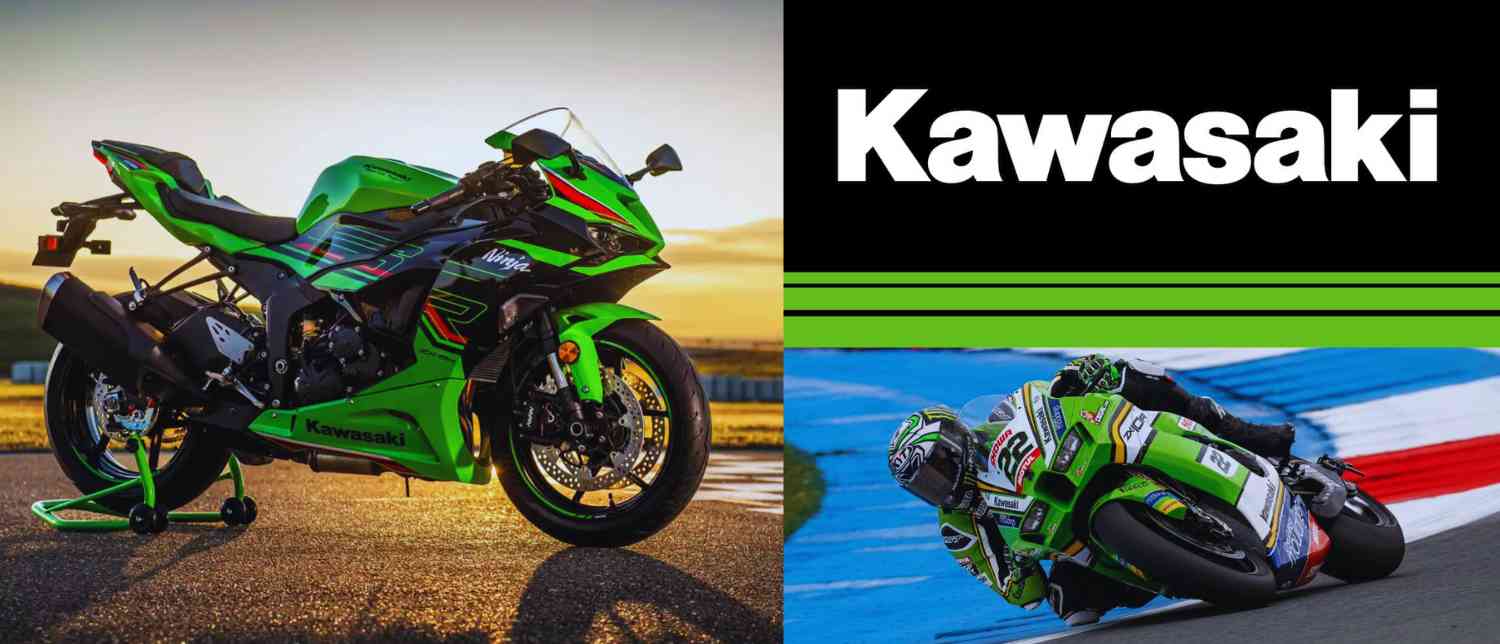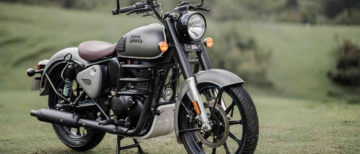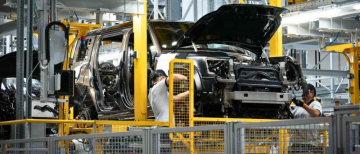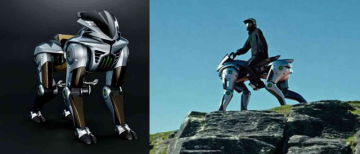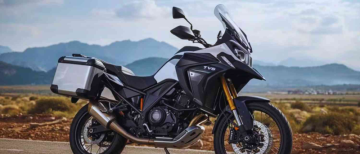The history of Kawasaki is a fascinating journey spanning nearly 150 years, beginning not with motorcycles but with ships, and evolving into a globally recognized powerhouse in multiple industries, especially motorcycles. Here is an engaging and simple account of Kawasaki’s evolution from its origins to the modern era.
The Birth of Kawasaki: Roots in Shipbuilding (1878)
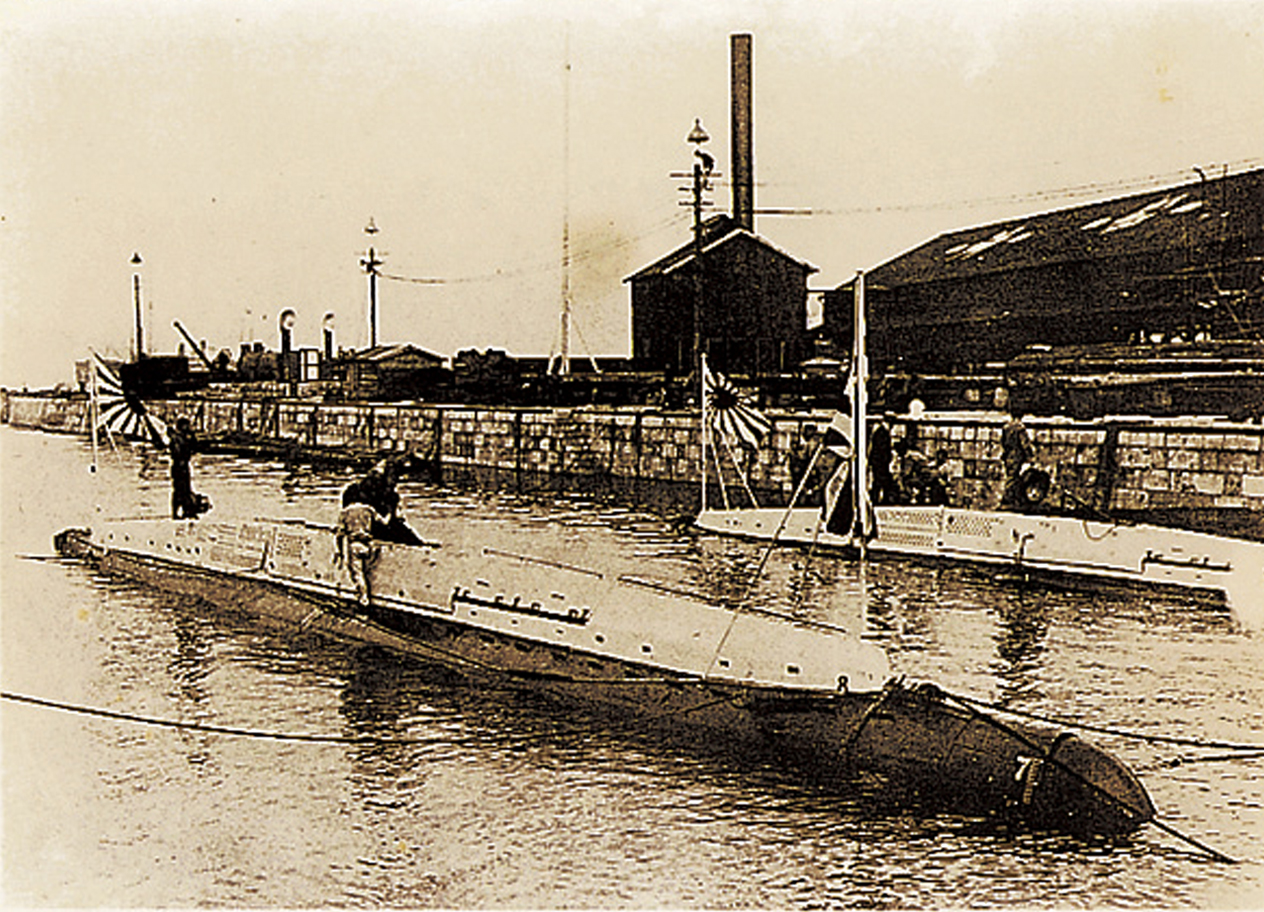
Kawasaki’s story starts in 1878 when Shozo Kawasaki founded the Kawasaki Tsukiji Shipyard in Tokyo, Japan. Shozo Kawasaki, deeply interested in advancing Japan’s maritime industry, was inspired by Western ship technology after experiencing several sea accidents early in his life. He believed that modern, spacious, and fast ships were crucial for Japan’s progress. Supported by influential backers, Shozo established the shipyard along the Sumidagawa River in Tokyo, marking a significant beginning for industrial innovation in Japan.
Over time, the business expanded and moved to Hyogo in 1886, becoming Kawasaki Dockyard Co., Ltd. The company grew rapidly, initially focusing on shipbuilding but soon diversifying into making parts for automobiles, railways, and aircraft by the early 20th century. This expansion was essential as it laid the foundation for Kawasaki’s expertise in heavy industries and engineering technology.
Kawasaki’s Expansion and Diversification
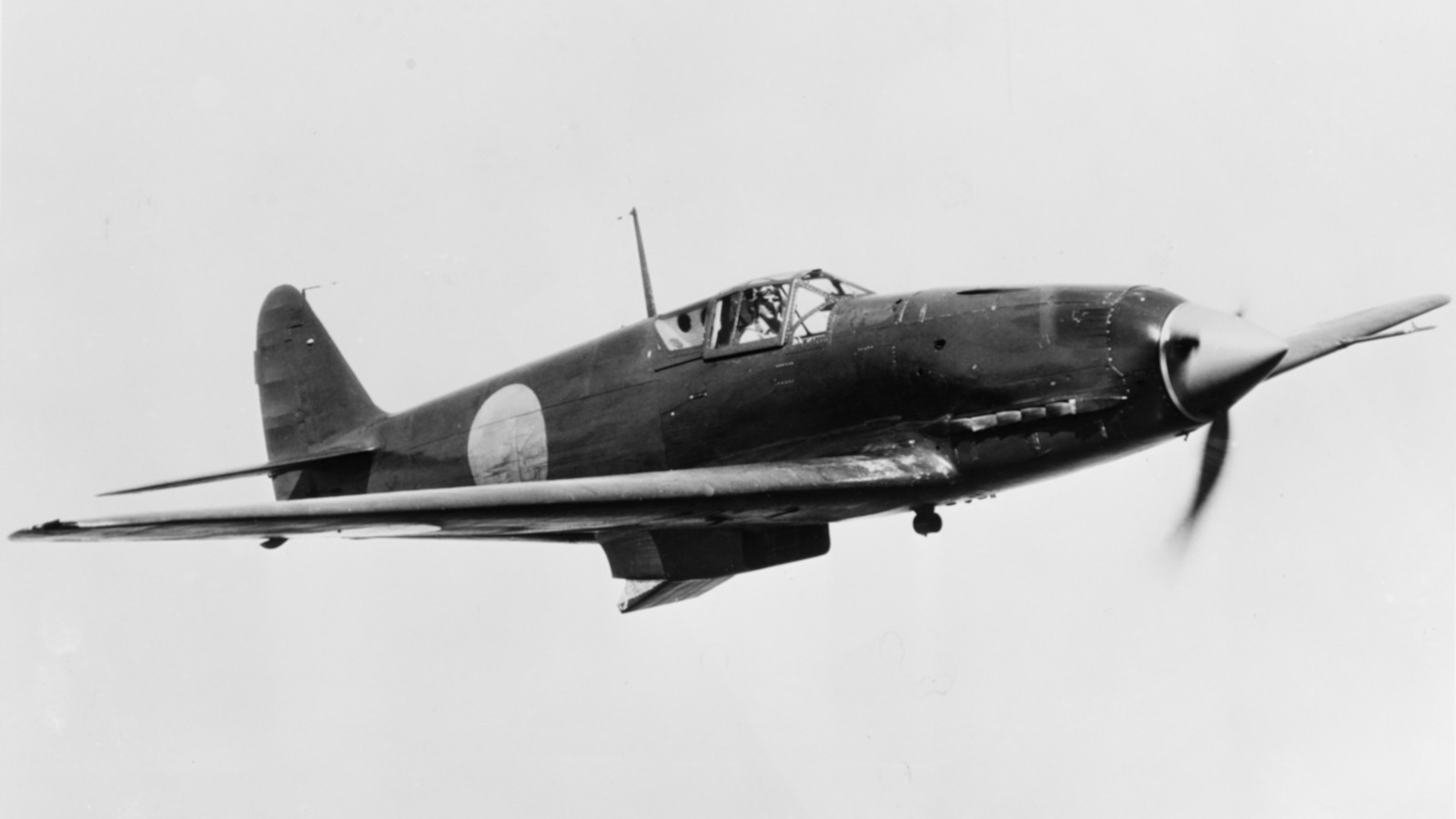
By the time of World War I and II, Kawasaki had established itself as a leader in manufacturing aircraft, including combat planes during WWII like the Ki-61. After the war, despite setbacks due to restrictions and economic challenges, Kawasaki adapted quickly, moving into new technologies and markets. Post-war, with government support and a revitalized shipbuilding agenda, Kawasaki thrived again, becoming Japan’s biggest shipbuilder by the 1950s.
Entering the Motorcycle World: From Meguro to Kawasaki Motorcycles
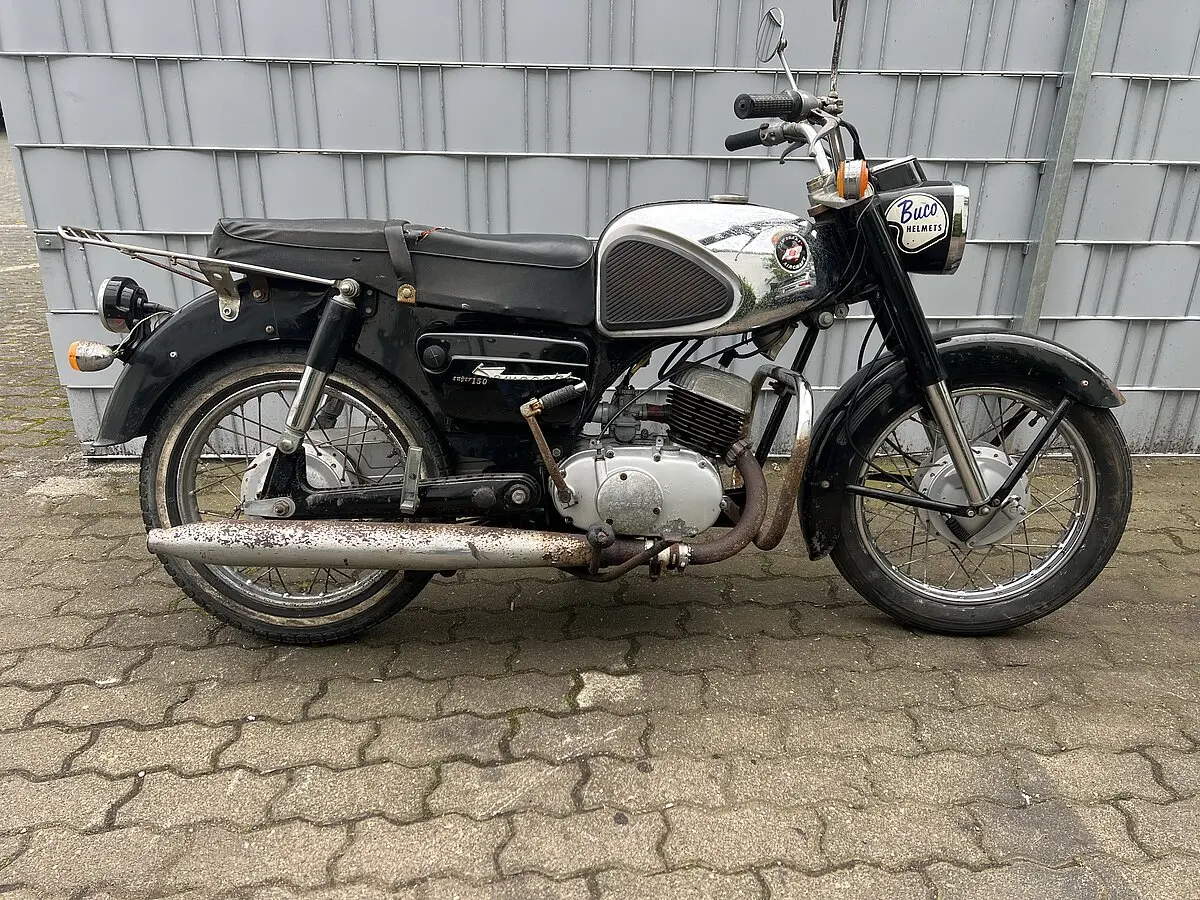
Kawasaki’s involvement with motorcycles began when it partnered with Meguro Manufacturing, a company producing bikes since 1935 but facing financial struggles. Kawasaki purchased Meguro and merged with it in 1963, forming Kawasaki Motorcycle Co., Ltd. Before the merger, in 1962, Kawasaki produced its first motorcycle, the B8—a single-cylinder, two-stroke bike that marked Kawasaki’s official start in the motorcycle industry.
By the mid-1960s, Kawasaki was making waves in the motorcycle market, exporting to the U.S. Initially, their bikes weren’t very powerful, but this soon changed with innovative models that offered high horsepower at affordable prices, captivating American and global riders.
The Rise of Iconic Kawasaki Motorcycles

The late 1960s to the 1970s was a golden era for Kawasaki motorcycles. The 1967 A1 was notable for its air-cooled, two-stroke parallel twin engine. But the real breakthrough came in 1969 with the Kawasaki H1 Mach III, a 500cc two-stroke sport bike that was wildly popular in America due to its powerful engine and affordability, even becoming known briefly as the most powerful production motorcycle globally.
The 1970s saw the release of the legendary Z1 in 1972, Kawasaki’s first air-cooled DOHC four-cylinder engine bike, nicknamed the "New York Steak" for its development’s duration and quality. The Z1 was a game-changer and helped Kawasaki cement its reputation worldwide. Later in the decade, the Z1-R, Japan’s first café racer, became highly popular for its stylish design and performance.
Technological Advances and Expansion in the 1980s and 1990s

In the 1980s, Kawasaki pioneered key innovations. The GPz1100 in 1982 introduced digital fuel injection and Uni-Trak rear suspension, raising motorcycle technology standards. In 1984, Kawasaki launched the GPz900R, known as the Ninja in the U.S., which featured the first liquid-cooled DOHC 16-valve four-cylinder engine. This model was critically acclaimed and helped popularize the Ninja brand, which today is synonymous with sporty, performance-oriented motorcycles.
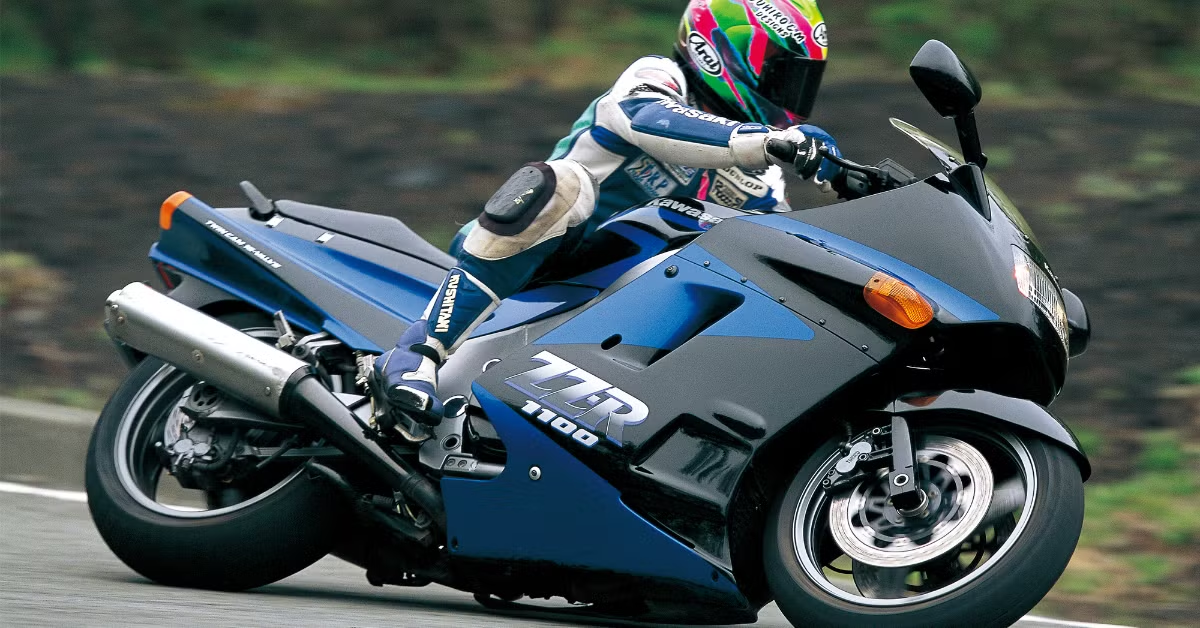
The 1990s brought even more innovation with models like the ZZ-R1100 (Ninja ZX-11), famous for introducing the Ram Air System, increasing performance by forcing air into the engine at high speeds. Kawasaki also diversified with models like the Super Sherpa focusing on dual-sport versatility for off-road and on-road riding.
Modern Era: The Ninja Legacy and Advanced Engineering
_1755857267.jpg)
Since the 2000s, Kawasaki has built on its strong heritage with flagship models such as the Ninja ZX-12R and the ZZR1400 (Ninja ZX-14). These bikes blended cutting-edge technology with top-end performance—like the ZX-14 reaching 60 mph in just 2.5 seconds, showing Kawasaki’s commitment to speed and power.
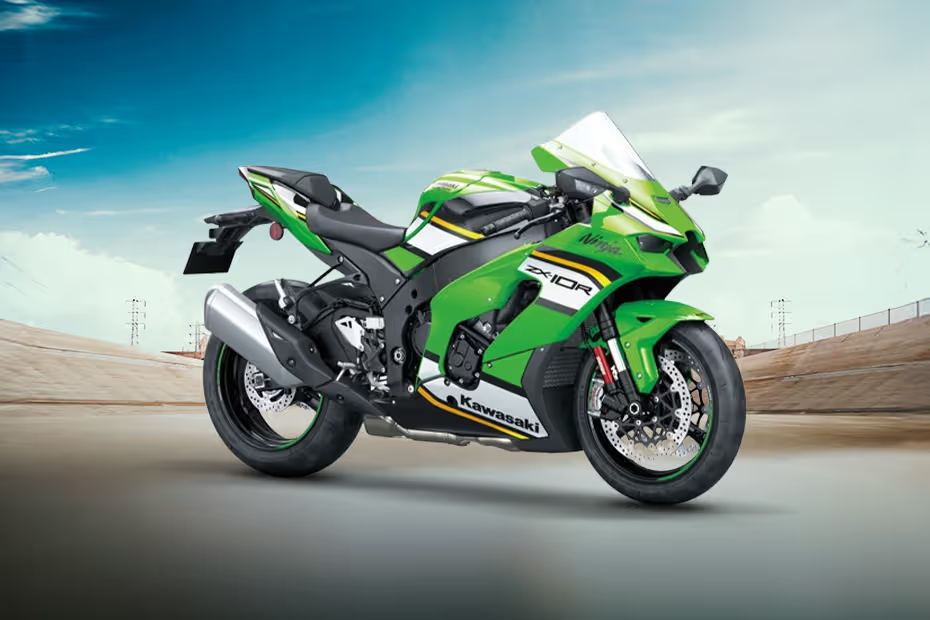
In the 2010s, Kawasaki continued refining its leading models, including a significant redesign of the Ninja ZX-10R in 2011 with a new engine and frame, and the introduction of the fourth generation Z1000 in 2014 that featured upgraded suspension and engine responsiveness. These advancements keep Kawasaki at the forefront of the motorcycle industry, combining performance, style, and technology.
Beyond Motorcycles: A Versatile Global Conglomerate
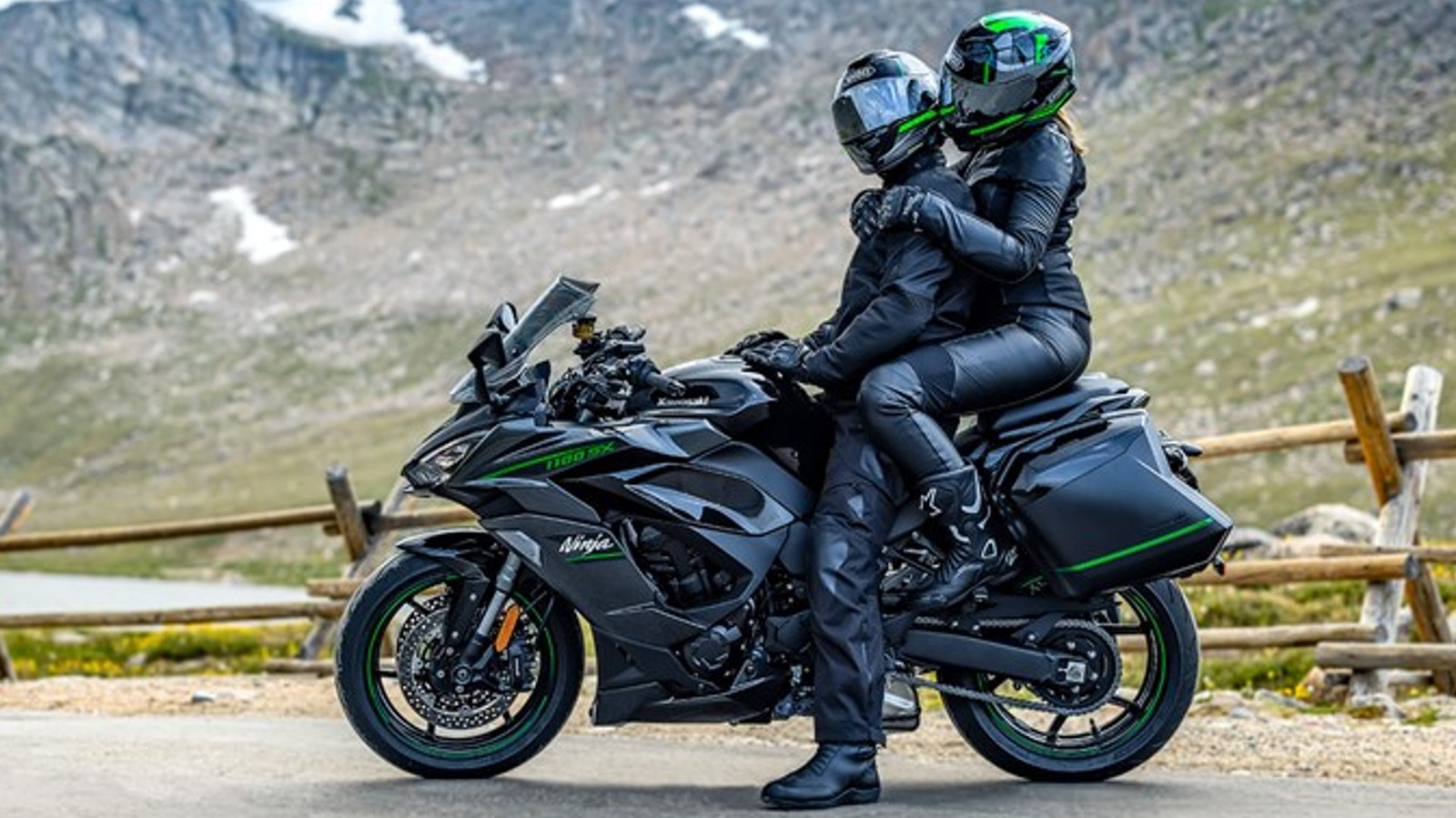
While Kawasaki is famous for motorcycles, it is part of Kawasaki Heavy Industries, a diversified multinational company producing ships, aircraft, rolling stock, engines, and more. Kawasaki’s roots in shipbuilding still underpin much of its expertise, but the company’s evolution to motorcycles was a key chapter that brought it international fame and success.
Moreover, Kawasaki invests in education and technical training, exemplified by partnerships like the Kawasaki K-Tech program launched in 1989, providing specialized motorcycle repair and maintenance training. This helps sustain Kawasaki’s reputation for quality and technological excellence.
Kawasaki’s story is not just about bikes—it’s about a journey of innovation, diversification, and adapting through many eras. From Shozo Kawasaki’s shipyard in 1878 Tokyo to high-performance Ninjas tearing up racetracks worldwide, Kawasaki symbolizes endurance, innovation, and excitement across industries and generations.
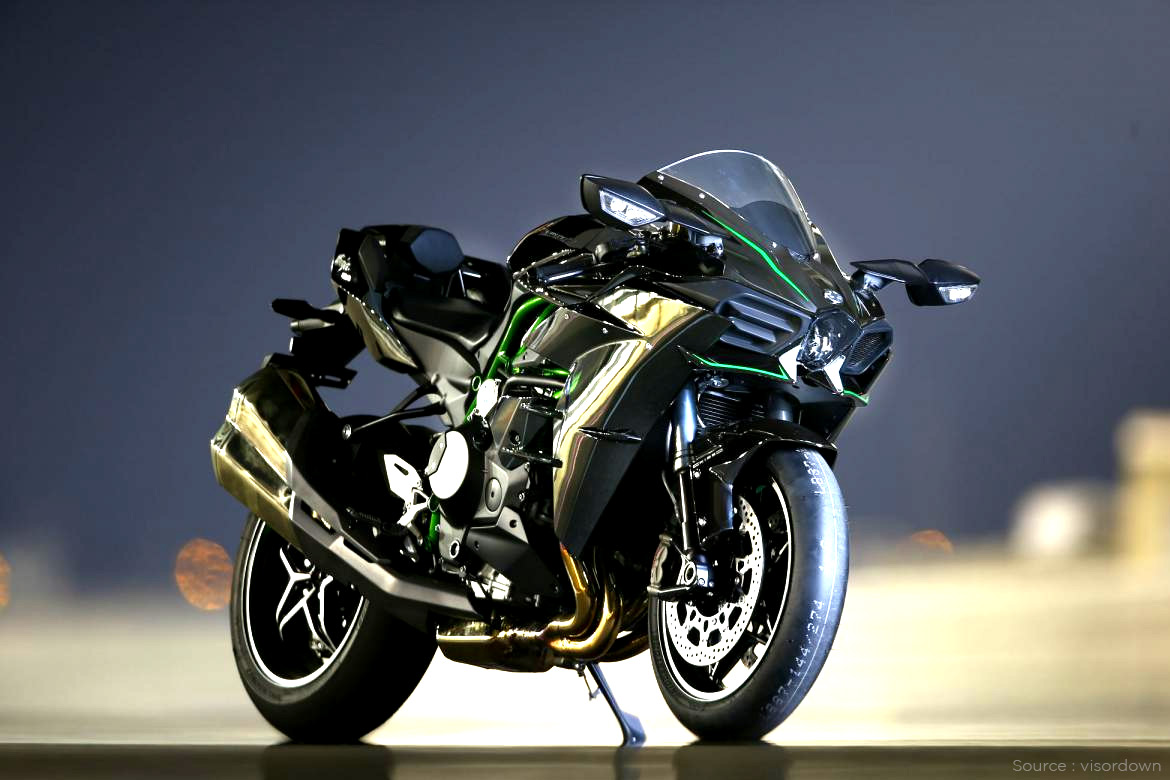
This rich history, marked by landmark motorcycles and technological breakthroughs, makes Kawasaki an inspiring brand for riders, engineers, and enthusiasts around the world. Whether it’s the roar of a classic Mach III or the sleek power of a modern Ninja, Kawasaki’s legacy continues to ride strong into the future.
With inputs from agencies
Image Source: Multiple agencies
© Copyright 2025. All Rights Reserved. Powered by Vygr Media.

